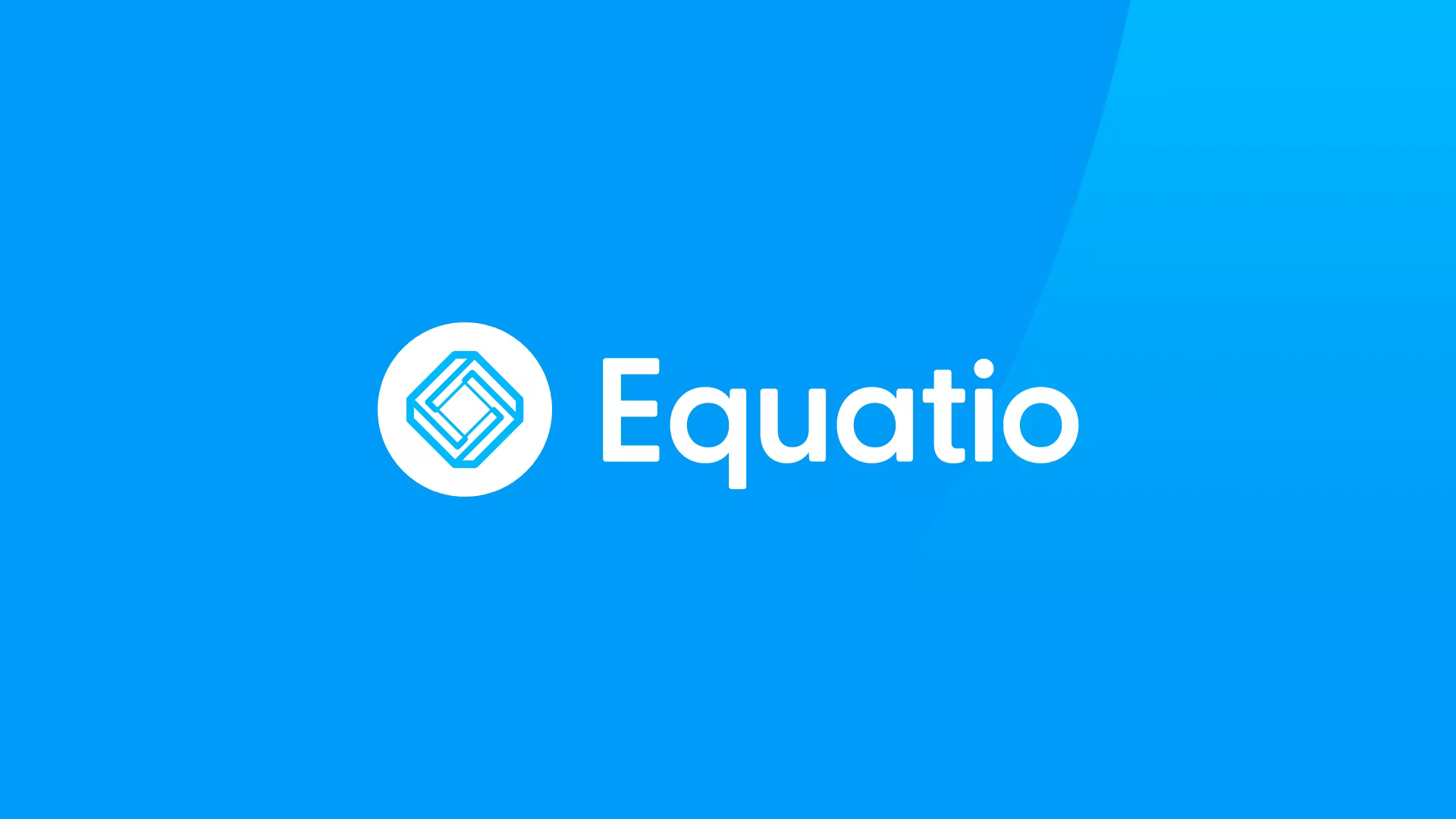Study: Hybrid learning model raises graduation rate
In the fall of 1999, Wichita Public Schoolslaunched a dropout-recovery and credit-recovery program, called the Learning Centers, in response to the district’s low graduation rate. The program used computer-based learning to enable high school dropouts of all ages to work toward earning high school diplomas and current high school students to make up lost credits so they could graduate.
By 2010, the district was operating four dropout-recovery centers and seven credit-recovery centers. The program served 946 students in 3,904 half-credit courses and had a waiting list of more than 300 students during the 2008–09 school year.
Innosight Institute, a not-for-profit think tank, recently published new research which demonstrates how the Kansas district's innovative hybrid learning program may help combat the dropout epidemic in the United States. Titled “Wichita Public Schools’ Learning Centers: Creating a new educational model to serve dropouts and at-risk students,” the research explores how the district combined elements of virtual learning and a traditional classroom setting to establish its comprehensive dropout-recovery and credit-recovery program.
Underserved groups
The program serves two distinct groups of people. The first group consists of adults and youth who dropped out of school for a variety of reasons and previously had no options to earn high school diplomas. While the majority of these dropouts are between the ages of 18 and 21, adults up to the age of 60 also enroll. The second group consists of students still enrolled in high school who failed a course and previously had no convenient or timely way to retake it, which hurt their chances of graduating on time.
Hybrid learning
The program uses a hybrid model, which combines elements of virtual learning with a traditional classroom setting. Students complete computer-based courses at dropout-recovery and credit-recovery centers under the direction of certified teachers. The program does not follow a daily class schedule. Instead, students may go to the centers to work on their courses at any time during the hours of operations.
According to Katherine Mackey, a Research Fellow at Innosight Institute and author of the study, computer-based courses are advantageous for several reasons. “They allow students to learn at their own pace and preferred time,” said Mackey. “We found that these courses were able to provide rapid, unbiased feedback which allowed teachers to intervene as soon as students began struggling with a concept.”
Additionally, the computer-based curriculum frees teachers from lesson planning and lecturing so that they can spend the bulk of their time providing students with help as they need it. Teachers also are responsible for making sure students stay on task and for grading essays and written assignments.
Tools and ideas to transform education. Sign up below.
Funding
The program is significantly less expensive per student than traditional schools in the district. During the 2008–09 school year, the program cost roughly $7,307 less than the district’s per-pupil expenditure for the 2007–08 school year, the latest year for which this data was available.
Student performance
The district’s graduation rate has risen by more than eight percentage points since the program first began in 1999, with the graduation rate of minority students increasing most significantly. The hybrid learningprogram was an important factor in this increase, although not the only one - the district also implemented changes to improve instructional delivery and support for students in the comprehensive high schools, which affected the district’s graduation rate as well.
To view or download the entire report, visit www.innosightinstitute.org/media-room.
